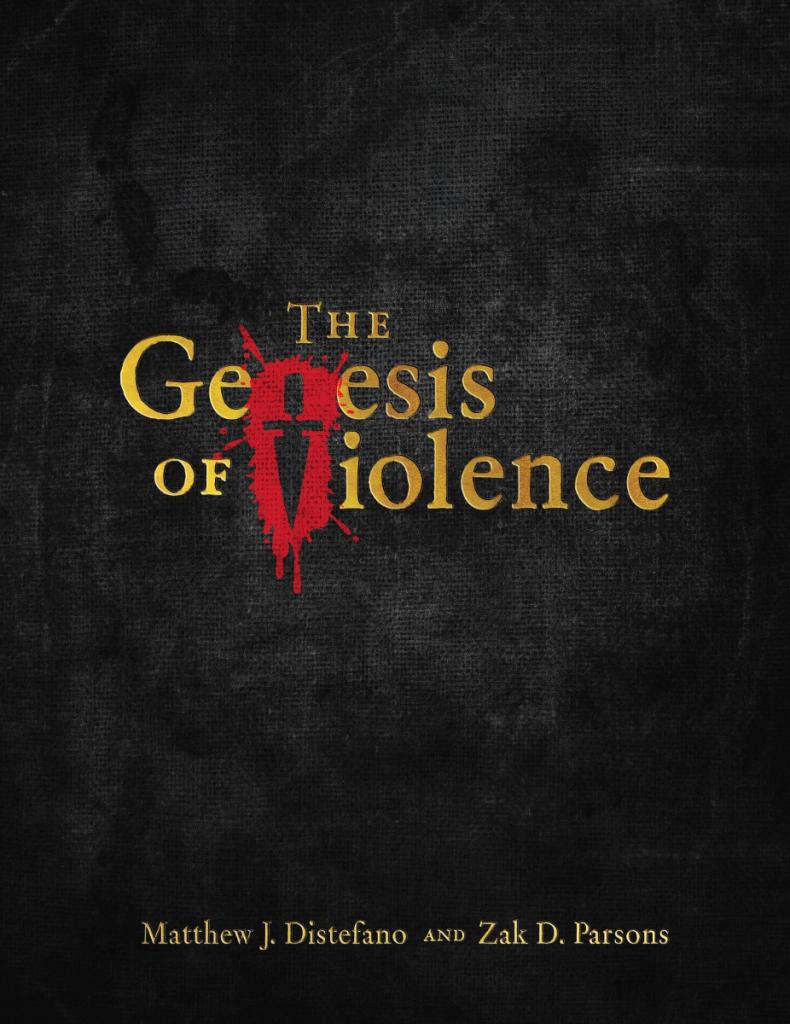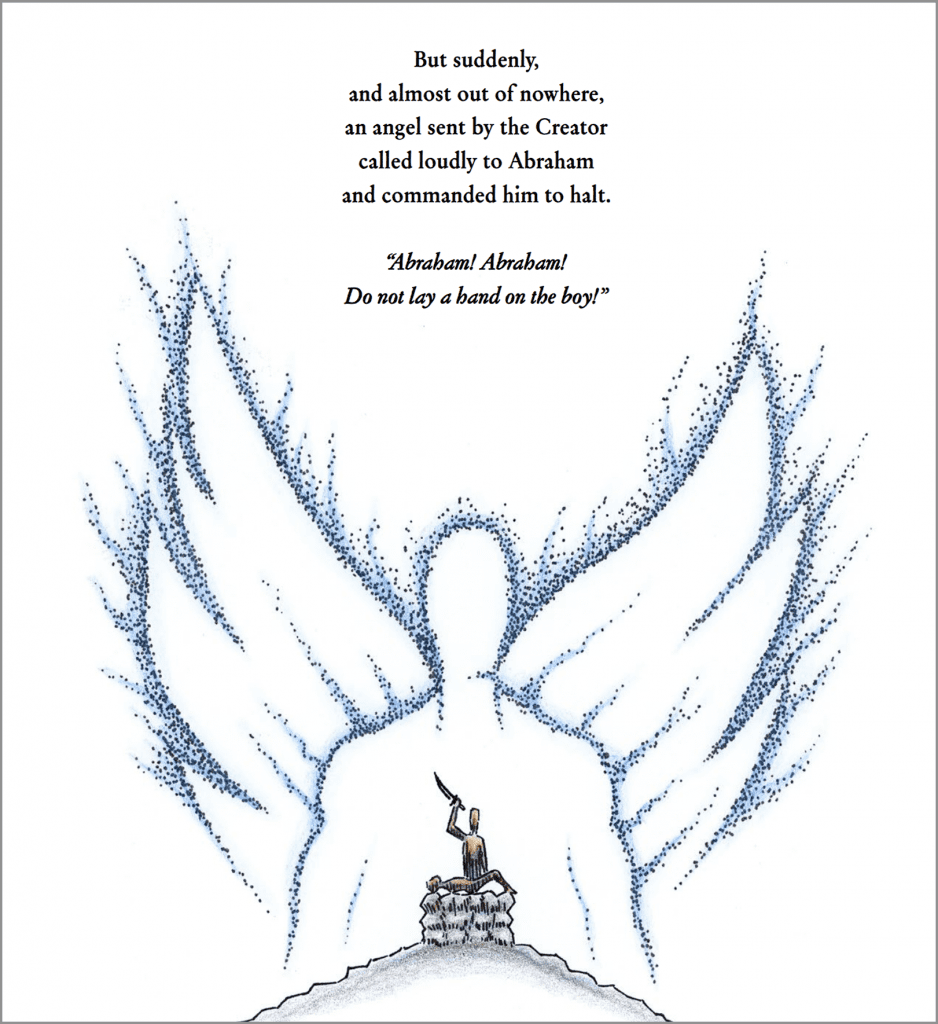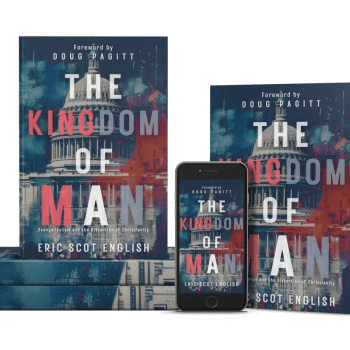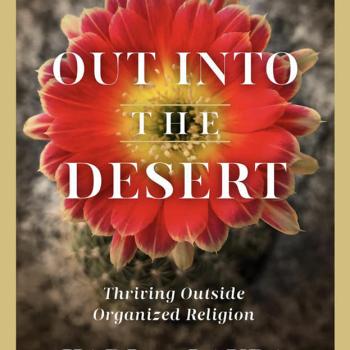
Recently, Matthew J. Distefano and Zak D. Parsons constructed what could be best described as a theological book of art. Each image is a hand-drawn expression of the biblical narrative. The prose that accompanies the art helps to properly orient the viewer to each piece.
I have reviewed many books over the years. There is a general template that one can use when reviewing a book. That general template oftentimes applies across the board and is a much more objective process. However, reviewing art is difficult because it’s a much more subjective enterprise.
With that said, Distefano and Parsons have made my job easy because their art is not only beautiful but also accessible to the average person. One need not be a connoisseur of art to appreciate both the skill and the beauty that is contained within each image. What’s more, the text that accompanies the art adds a poetic cadence to each piece so that the art is clear and the narrative remains unbroken.
Perhaps my favorite aspect of the book is how each drawing has the characteristic of connectedness to it. Whether that is in the connectedness to God or the creation each image demonstrates the intimate nature of being. Distefano and Parsons’ art highlights the tension that exists in various aspects of the creation and captures beauty in the violence that is displayed in humanity’s relationship to God and nature.
There is both a simplicity and complexity that exists within each image. The simplicity exists in that its details do not create realism to each work – they are simple patterns and shapes. Nor was that their explicit purpose. However, the details that they have created display a sense of wonder within the viewer’s imagination much like a storybook.
Theological Observations
A review of this would not be complete without considering the theology that Destefano and Parsons are espousing within this narrative. The first thing that stuck out to me was the scene in the Garden of Eden where an image of a hand is grasping an apple. The hand is distinctly masculine. This is bolstered by the fact that one of the follow-up images shows Adam eating the fruit and not Eve. No doubt this is meant to lessen the burden of Eve who oftentimes carries the full weight of humanity’s sin upon her shoulders. This is a much-needed reprieve from the traditional “blame-the-woman” mentality.
The second theological posture I want to mention is in the choice of pronouns that were used about God. Distefano and Parsons chose to use the pronoun “she” instead of the more traditional “he”. Unfortunately, the English language gives us few options when trying to articulate a non-binary being like God. Moreover, the choice of using “she” over “he” is a refreshing take on the nature of God.
Perhaps the most powerful image for this reviewer was when the angel appeared to Abraham before he sacrificed his son. I liked the art associated with the story but appreciated the allusion to the actual context for child sacrifice leading up to this powerful image. It gave life to an otherwise otherworldly understanding of the story.

Ultimately, Distefano and Parsons’ the Genesis of Violence is a refreshing break from the daunting evangelical telling of the narrative. It is also a reminder. A reminder of just how violent Old Testament times were. But we are also reminded of just how beautiful God and his creation are. Although the stories are filled with violence, they are also filled with redemption, beauty, and provocation.
Just as the book of Genesis abruptly ends so too does the Genesis of Violence. However, it also leaves you wanting more. How would Distefano and Parsons imagine the exodus or the prophets and their visions? How would they demonstrate the connectedness of the Word, Jesus to humanity? How would their hauntingly beautiful tale end? For answers like these, we will have to wait. For now, we have been given a mere taste of what is possible when art is paired with theological prose.
Click here to purchase the Genesis of Violence by Matthew Distefano and Zak Parsons.
You can view my UNenlightenment YouTube Channel HERE
You can view my UNenlightenment Podcast HERE
You can follow me on FaceBook HERE














